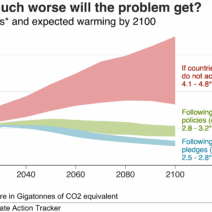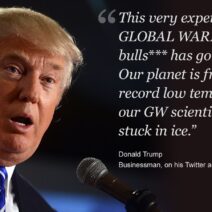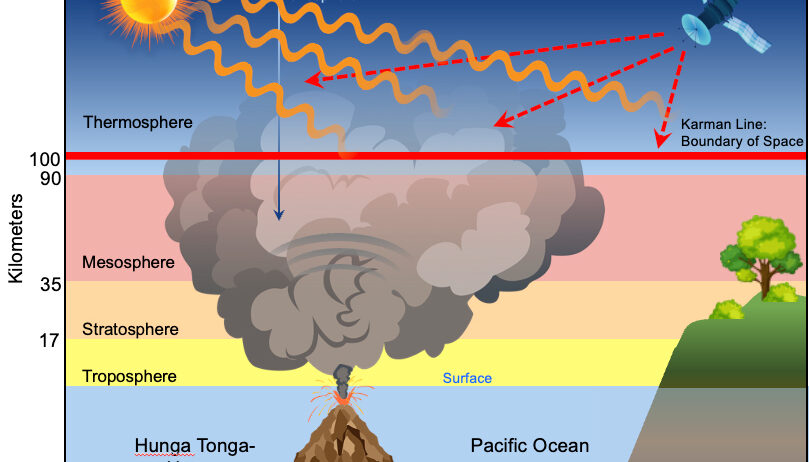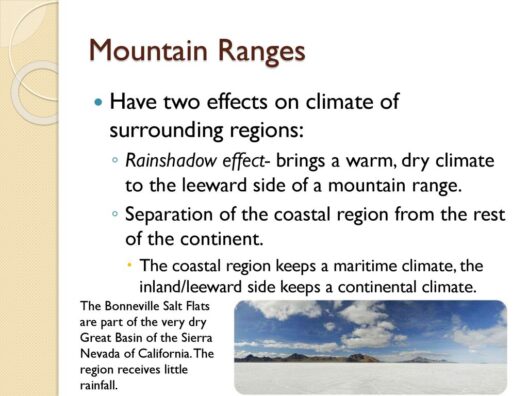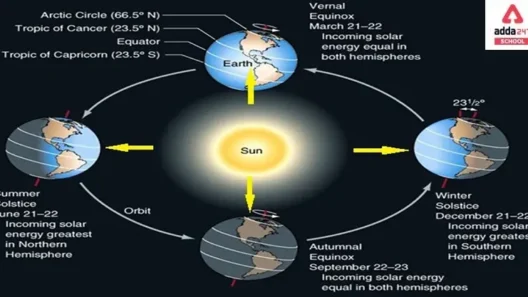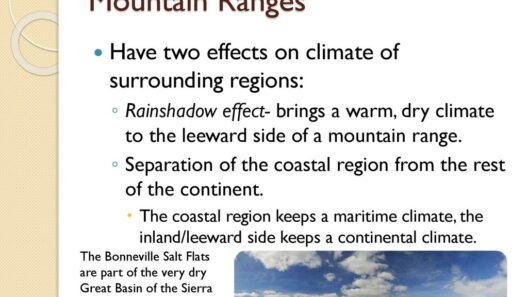Volcanoes are often regarded as destructive forces of nature, spewing molten rock and ash that can devastate landscapes and communities. However, a broader perspective reveals their profound influence on the atmosphere and climate. This article examines how volcanic eruptions can effectuate significant climatic shifts, from transformative warming processes to the striking cooling of global temperatures.
At the heart of a volcanic eruption lies the release of vast quantities of gases and particles into the Earth’s atmosphere. When a volcano erupts, it ejects sulfur dioxide, carbon dioxide, and water vapor, among other substances. Among these, sulfur dioxide (SO2) plays a pivotal role in climate modulation. Once released, this gas can ascend to the stratosphere, where it rapidly transforms into sulfuric acid aerosols. These microscopic particles can have far-reaching implications for terrestrial and atmospheric systems.
The immediate aftermath of an eruption often includes a significant influx of SO2 into the atmosphere, which leads to a phenomenon known as volcanic winter. This term describes the temporary cooling of the Earth’s surface due to the scattering of sunlight by aerosol particles. These particles can remain suspended in the atmosphere for several years, reflecting solar radiation back into space. As a result, regions around the globe experience a notable decrease in temperature, often leading to adverse impacts on agriculture and weather patterns.
Historically, we can observe the effects of volcanic eruptions through various documented events. The eruption of Mount Pinatubo in 1991 is one such example. Released into the stratosphere were approximately 20 million tons of SO2, which prompted a global temperature decrease of about 0.5 degrees Celsius over the subsequent two years. This incident not only serves as a case study in atmospheric science but also illustrates the cyclical nature of climatic interactions.
Moreover, the climatic consequences of volcanic activity extend beyond mere cooling. The volcanic eruption of Krakatoa in 1883 produced cataclysmic effects, which reverberated across ecological and social dimensions. The eruption led to a substantial alteration in weather patterns, inducing spectacular sunsets and unusual atmospheric phenomena like the blue moon. Global temperatures fell for several years, manifesting as abnormal climatic conditions across vast territories. This multifaceted response to volcanic eruptions raises intriguing questions about the interplay between natural phenomena and climatic stability.
In addition to immediate cooling effects, volcanic activity can also drive longer-term climatic transformations. The release of carbon dioxide during eruptions can contribute to greenhouse warming. While individually smaller than anthropogenic emissions, the cumulative effect of volcanic CO2 over geological timescales can be significant. Thus, in some contexts, volcanic eruptions may operate as both a cooling and warming mechanism, with varying implications for different time periods and environmental contexts.
The fascinating relationship between volcanoes and climate is underscored by the geographical localization of eruptive activity. Regions bestowed with volcanic landscapes often feature unique ecosystems that exhibit resilience to climatic fluctuations. For instance, the fertile soils produced by volcanic ash contribute to agricultural richness in areas like the Italian countryside. Here, the synergy between volcanic activity and climate creates a paradox: while eruptions can initially devastate, they simultaneously foster new life and agricultural potential in the long term.
Monitoring volcanic activity and its atmospheric implications has become crucial for understanding the future trajectory of the Earth’s climate. Advances in satellite technology allow scientists to track eruptions in real-time and analyze their climatic consequences. As eruptions become increasingly scrutinized in the current context of global climate change, the dual capacity of volcanoes to cool and warm the planet sparks essential dialogue surrounding future environmental policies and strategies aimed at sustainable development.
It is also imperative to recognize the historical precedents set by volcanic activity in shaping human civilization. From the civilizations that flourished in the foothills of the Andes, enriched by nutrient-laden volcanic soils, to the extensive migration patterns influenced by climatic transformations wrought by eruptions, the human story is intimately intertwined with geological events. Lessons drawn from these historical narratives can illuminate pathways toward a resilient future amidst ongoing climate challenges.
In contemplating the influence that volcanoes hold over the climate, one must also appreciate the inherent unpredictability of these natural giants. Scientists continue to grapple with anticipating eruption frequency and magnitude, given the complex interplay of geological forces. As our understanding of volcanic processes matures, interdisciplinary collaboration among environmental scientists, climatologists, and policymakers will be essential in harnessing the insights derived from eruptions to navigate future climatic uncertainties.
Ultimately, the narrative of volcanoes and climate encapsulates a duality of destruction and regeneration. Through the lens of scientific inquiry, we can probe the complexities of these interactions and elucidate the broader implications for our planet. As we confront the challenges posed by an ever-changing climate, the lessons gleaned from volcanic eruptions serve as a poignant reminder of the Earth’s dynamic systems and our place within them. A shift in perspective regarding the role of volcanoes can foster a deeper understanding of the intricate web of environmental interactions that govern our world.
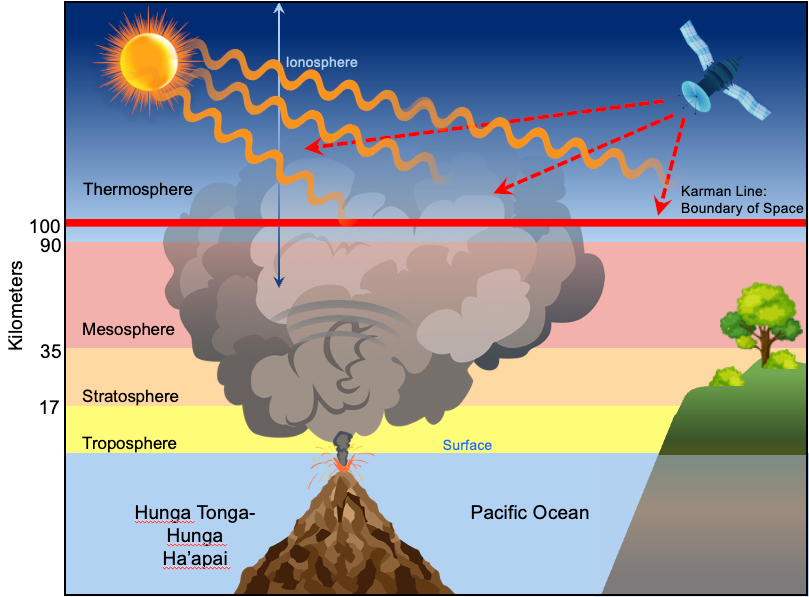
www.jhuapl.edu
